CCTV news (focus interview): Chinese path to modernization is a modernization in which people and nature coexist in harmony. By 2035, China will basically achieve socialist modernization, which also includes: to widely form a green production and life style, to steadily reduce carbon emissions after reaching the peak, to fundamentally improve the ecological environment, and to basically achieve the goal of a beautiful China. When it comes to carbon emissions, we may immediately associate the emission reduction of factories, aircraft and motor vehicles. In fact, the building we live in every day is a big carbon emitter. It is estimated that the total carbon emissions of the whole construction process account for about half of the total carbon emissions of the country. One of the main reasons is massive construction, consumption and emission. Therefore, green building is a key to achieve the "double carbon" goal. In recent years, relevant departments have continuously promoted the proportion of building energy efficiency from 30% to 75%, and then to ultra-low energy consumption buildings, zero energy consumption buildings and zero carbon buildings. So, how is building energy conservation achieved? What exactly is green building like?
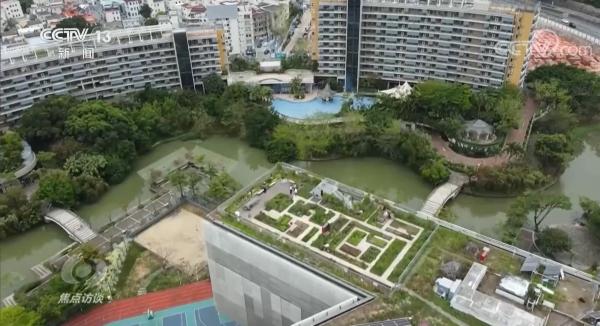
Taiyuan Old Military Camp Community, built in the 1980s, is the largest old community in Taiyuan, with more than 7000 households and more than 22000 people. Liu Liping, 61, and her husband have lived in this 60-square-meter apartment for more than 30 years. Before, because there was no thermal insulation layer outside the building, the windows were not well sealed, and the facade outside the building was still damaged, so it was hot in summer and cold in winter. Aunt Liu was miserable.
In such living environment, not only the quality of life of residents is poor, but also the building itself will consume too much energy and produce a large amount of carbon emissions. In the past, due to the limitations of technical level, the buildings built usually lacked perfect thermal insulation conditions, requiring a large amount of coal heating, air conditioning to adjust the temperature, and so on, which would bring carbon emissions.
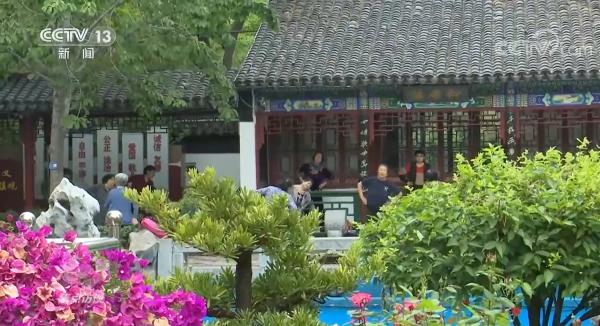
Wang Qingqin, deputy general manager of China Academy of Building Sciences, said: "In 2019, the carbon emissions of the whole construction process accounted for 50.6% of the national carbon emissions, with a total of 4.997 billion tons of carbon dioxide. That is to say, to achieve the goal of" double carbon ", construction is the biggest reason for carbon emissions."
To achieve the goal of "double carbon", it is necessary to carry out energy-saving transformation on existing buildings. In recent years, many cities across the country have successively carried out energy-saving renovation projects for existing buildings, especially some old residential areas. In April 2020, the Taiyuan Old Military Camp Community also launched the building energy conservation renovation project, doubling the thickness of the thermal insulation layer of the building's exterior wall, installing hollow plastic steel windows with better sealing for the residents' homes, and adding thermal insulation layers on the roof and basement roof to form a closed thermal insulation system.
Now, the temperature of residents' homes in the old military camp has increased by 3-5 degrees in winter and decreased by 2-3 degrees in summer. The original problems of cold walls, roof leakage and loud noise along the street have been solved.
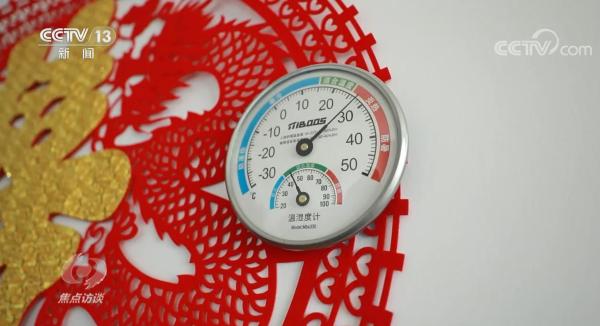
Liu Jie, deputy chief engineer of Taiyuan Housing and Urban-Rural Development Bureau in Shanxi Province, said: "The energy consumption of buildings that did not save energy in the past has been reduced by 50%, and the air conditioning in the home is basically unnecessary. This part of energy consumption and expenditure of residents can be saved. After the renovation of many residential areas, the price of second-hand houses has increased by more than 1000 yuan per square meter."
The first phase of the energy-saving renovation of existing residential buildings in Taiyuan has been completed by the end of 2021, and the second phase will be completed by the end of 2023. After completion, Taiyuan can save about 400000 tons of coal annually, equivalent to saving nearly 200 million yuan. With the substantial reduction of urban coal and ash, the environmental quality will also be greatly improved.
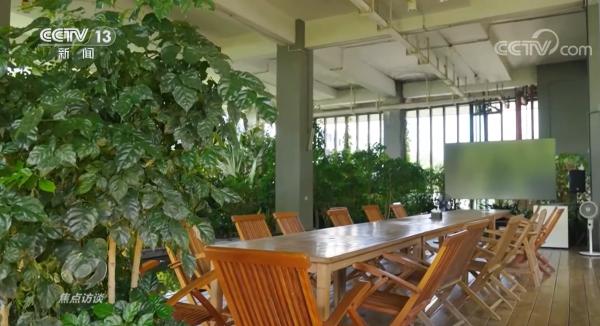
Tian Guomin, former director of the Department of Standards and Quota of the Ministry of Housing and Urban-Rural Development, said: "By the end of 2021, new buildings in cities and towns across the country have fully implemented the mandatory standards for energy conservation, and nearly 27.7 billion square meters of energy-efficient buildings have been built, accounting for more than 63.7% of the total. The energy-saving renovation area of existing residential buildings in the northern region has exceeded 1.7 billion square meters, benefiting more than 24 million households. After the renovation, the indoor comfort has significantly improved, and has become a heartwarming project in the hearts of the people."
In addition to implementing more stringent energy conservation standards, new buildings should follow the concept of low-carbon environmental protection as much as possible from design to construction, especially to vigorously develop new green buildings. In this regard, all regions are also vigorously promoting and exploring. In late August, the high temperature weather in Shenzhen continued. On the terrace on the 6th floor of the Shenzhen Science and Technology Building, an outdoor meeting is taking place. The reporter used a thermal imager to measure the temperature. At this time, the outdoor temperature is about 33 degrees Celsius, and the temperature of the outdoor road is as high as 41-47 degrees Celsius, but the temperature of this terrace remains at 26-28 degrees Celsius.
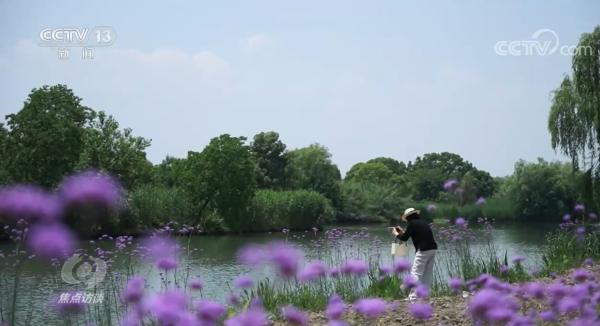
The reason why we can keep cool and comfortable is that the Shenzhen Science and Technology Building adopts a three-dimensional greening design. Each floor of the terrace is covered with a large amount of green plants. With the design of natural shading and ventilation, the terrace is like an aerial garden, where people are comfortable and comfortable. And the interior of Shenzhen Jianke Building is also not hot and dry. The reporter saw that many offices were not air-conditioned, but they were still cool and comfortable, and there was natural wind blowing in from time to time. How did this happen?
Yuan Xiaoyi, deputy chief architect of Shenzhen Academy of Building Sciences Co., Ltd., said: "The natural ventilation of the building is based on the practice of cold alleys of residential buildings in Lingnan, Guangdong. When we design, we cut the whole building into six pieces through three horizontal and one vertical methods, which adds several natural ventilation channels to the whole building."
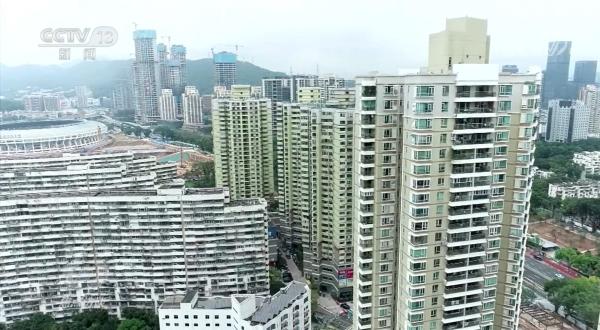
It turns out that the design of Shenzhen Construction Science Building is very meticulous. The overall shape of the building presents a "concave" shape, facing the southeast side. This is based on the characteristics of Shenzhen's hot summer and warm winter, and the perennial southeasterly wind, which reduces the depth of the indoor space and allows more natural light to come in. At the same time, the southeasterly wind is introduced into the building with the air duct to take away the hot air and achieve the cooling effect.
Through the design of maximum natural lighting, ventilation and low energy consumption, the overall energy saving rate of the whole building is 60%, reaching the highest "three-star" standard of China's green building evaluation standard. So what is green building? What is the difference between it and ordinary buildings?
Wang Qingqin: "Green buildings have achieved a huge leap of less resource consumption, less environmental pollution, and higher living quality. The average carbon emissions are more than 20% lower than ordinary buildings, which is a huge savings."
In 2006, China issued the first national standard for green buildings, and then revised it in 2014 and 2019 respectively. It is clear that green buildings are buildings that can save resources, reduce pollution and protect the environment in the whole life cycle from design to construction, from use to demolition.
In order to meet the green building standards, the concept of energy conservation needs to be reflected in every detail of the building. For example, the lighting system of Shenzhen Jianke Building also uses natural light sources as much as possible. Through special lighting devices, the outdoor natural light will be gathered and then evenly introduced into the room, thus replacing some artificial light sources.
The wall in the west of Shenzhen Jianke Building is heavily exposed to the sun, so the designer designed a solar photovoltaic curtain wall here, which can absorb the direct sunlight and heat, not only play the role of cooling, but also convert the solar energy into electric energy, providing a part of the power source for the building. This series of energy-saving design and technology has enabled Shenzhen Construction Science Building to reduce electricity consumption by 7.2 million kWh and indirectly reduce carbon dioxide emissions by 6829 tons between 2010 and 2020, saving about 40% energy compared with similar buildings built in the same period.
An important idea of building green buildings is to adapt measures to local conditions, maximize the use of natural resources, and achieve the goals of energy conservation, environmental protection and comfort. In Chongqing, there is a green building full of flowers. With its high beauty value, it has become a unique landscape in the urban reinforced concrete.
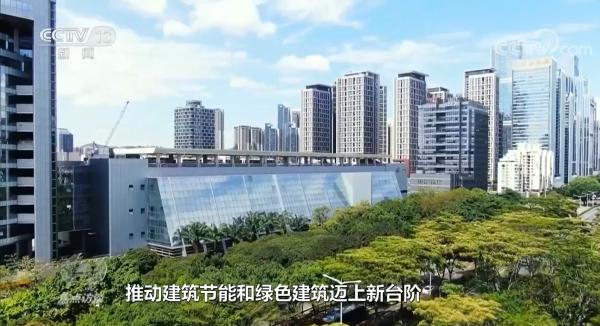
This building is called "Chongqing House". It is built on a small hillside. Dozens of plants, such as golden bamboo and ivy, are distributed in the open air garden on each floor, and also cover the entire exterior wall of the building. This not only makes the building look full of vitality, but also makes it more wonderful that its vegetation shape and function will change with the change of seasons and become a living building with a life cycle.
Chen Yihang, the chief designer of "Chongqing House", said: "In summer, when the plants grow thickest, heat insulation will form microclimate and microcirculation, which can reduce the temperature of the entire glass surface and form the effect of energy conservation. In winter, the entire branches and leaves will wither, and the sunlight can easily enter the room, which can meet the indoor lighting requirements."
In order to make the green plants on the exterior wall present rich and varied shapes and meet the needs of heat insulation, lighting and ventilation in different seasons, the team should regularly carry out professional management and protection for the green plants.
Another unique feature of this "Chongqing house" is the ingenious use of the wind on the hillside to "breathe" with the building. The designer broke the conventional enclosure building structure and designed an "l" type air duct with air inlet from the northwest corner and air outlet from the southeast corner.
Ding Yong, Vice President of Chongqing Green Building and Building Industrialization Association and Secretary-General of the National Green Building Base in Southwest China, said: "The calculation of the size and size of the entire ventilation corridor based on the perennial wind direction and wind speed of this plot not only meets the humanistic idea of Chongqing people's habit of ventilation, but also integrates well with the local climate."
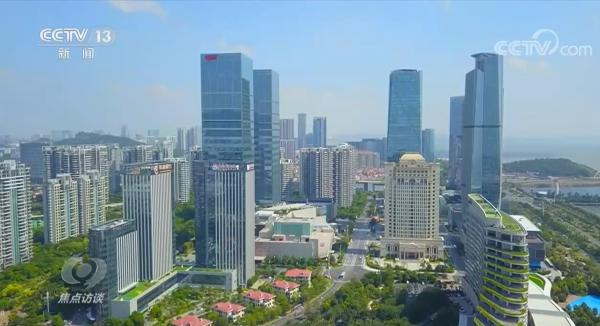
Beautiful, energy-saving and comfortable, "Chongqing House" is a successful attempt to build green buildings, and also the direction of future architectural design.
Wang Qingqin: "Chongqing House is the building that best reflects the characteristics of Chongqing's mountain city. It combines the climate characteristics of Chongqing and uses the green building technology of natural lighting, natural ventilation and three-dimensional greening."
According to the "Fourteenth Five-Year Plan" for Building Energy Efficiency and Green Building Development, by 2025, 100% of new buildings in cities and towns in China will implement the green building standards. The growth trend of building energy consumption and carbon emissions has been effectively controlled, and the development mode of green and low-carbon construction has basically taken shape.
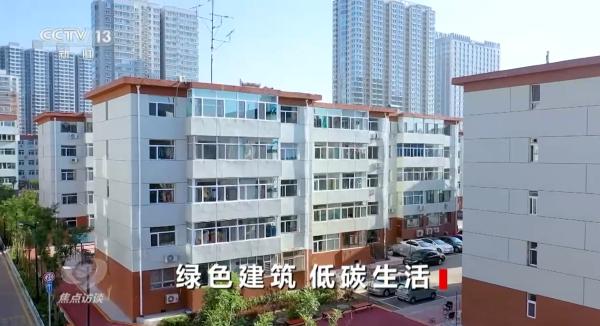
Tian Guomin: "The area of newly built green buildings in China has increased from 4 million square meters in 2012 to 2 billion square meters in 2021, and has increased by 500 times in 10 years. The total number of green buildings has reached 8.6 billion square meters. Next, we will earnestly implement the implementation plan of carbon peak in urban and rural construction, and promote building energy conservation and green buildings to a new level."
The report of the 20th National Congress of the Communist Party of China proposed to actively and steadily promote carbon peak and carbon neutralization, promote clean and low-carbon transformation in industry, construction, transportation and other fields, and promote the formation of green and low-carbon production and lifestyle. Promoting green and low-carbon economic and social development is the key link to achieve high-quality development, while the construction field is an important battlefield to achieve the "double carbon" goal, and promoting the energy-saving and low-carbon development of buildings is of great significance. By the first half of 2022, the proportion of new green building area in China has exceeded 90%. The "Fourteenth Five-Year Plan" for Building Energy Efficiency and Green Building Development proposed that by 2025, new urban buildings should be fully built into green buildings. Accelerate the research, development, promotion and application of advanced technologies for energy conservation and carbon reduction, and make buildings "green". Our living space will be more livable, and the world will become cleaner and more beautiful.
Editor in Chief: Gu Wanquan, Zhang Wu
Text editor: Li Linwei
Author: CCTV
Tel.
400-6700-999
Address
Address of Shuangcheng factory:
Crossroads of Songhuajiang Road and Xing'an Road, New Industrial Park, Shuangcheng Economic Development Zone, Harbin
Address of Haxi factory:
No. 9, Xinnong Road, Nangang District, Harbin
Address
Address of Nanjing factory:
No. 18, Zhonghuan Road, Jiangning District, Nanjing
Address of Nanjing office building:
Building F, Shimao 52 +, Yuhua District, Nanjing
JD official flagship store

Tmall official flagship store
